The word celadon refers to a type of pottery created with an iron-based glaze prized for its resemblance to jade. While the color is primarily a willow green, the glaze’s makeup, usage, and results are variable; the color family includes a breadth of greenish hues ranging from nearly gray to teal.
The earliest examples of Celadon come from the Eastern Han Dynasty around 25 CE. Known as Yue ware, it tended towards the earthy and neutral side of the color range. The process became more refined over time, shifting the hue of the final product towards shades of bamboo and the coveted jade.
As the pottery spread across East Asia, each country’s product had its own shift in color due to a combination of regional process and available minerals, as trace minerals in the combination of kaolin, feldspar, and iron oxide easily could change the tone. Korea’s Goryeo Celadon usually possessed a much bluer tint while Thai celadon leaned towards the grey end of the spectrum. Japan also became a producer of the pottery, the most prominent type being “Old Seito,” the color of which translates to “dead leaf.”
The word originates from the French céladon, a word derived from a character in Honoré d’Urfé’s “l’Astrée,” who notably wore green clothing. The character was named after another, Keladon, from Ovid’s “Metamorphoses.”
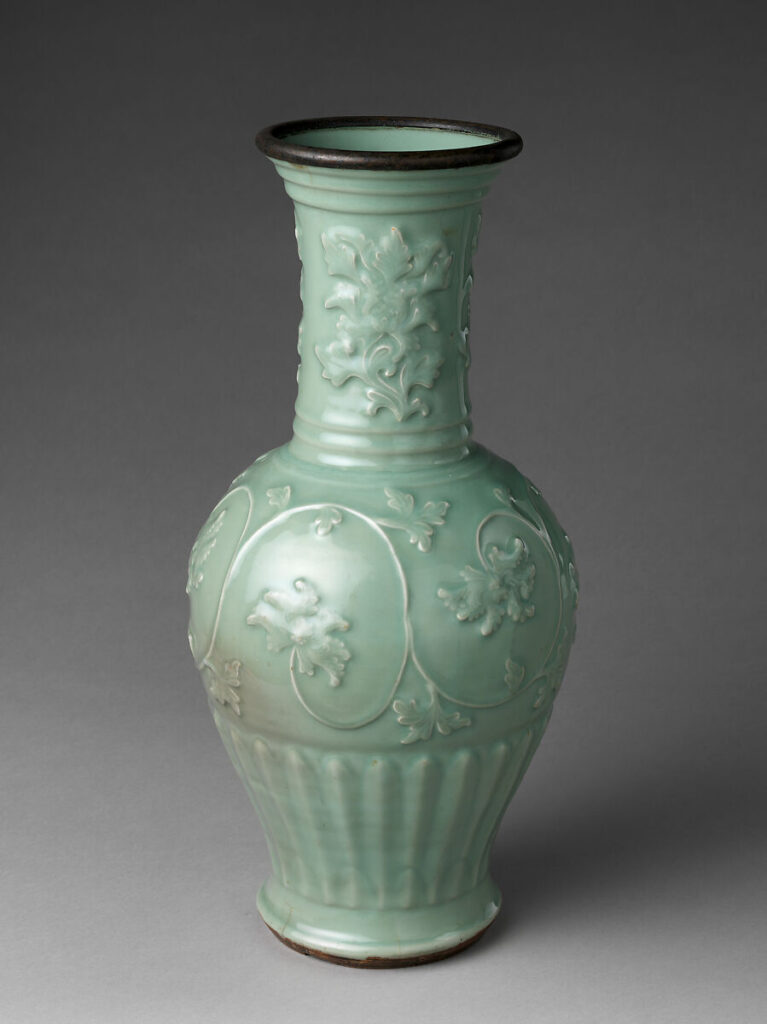
Vase with Peony Scrolls | China | Yuan dynasty (1271–1368)
https://www.metmuseum.org/art/collection/search/49920
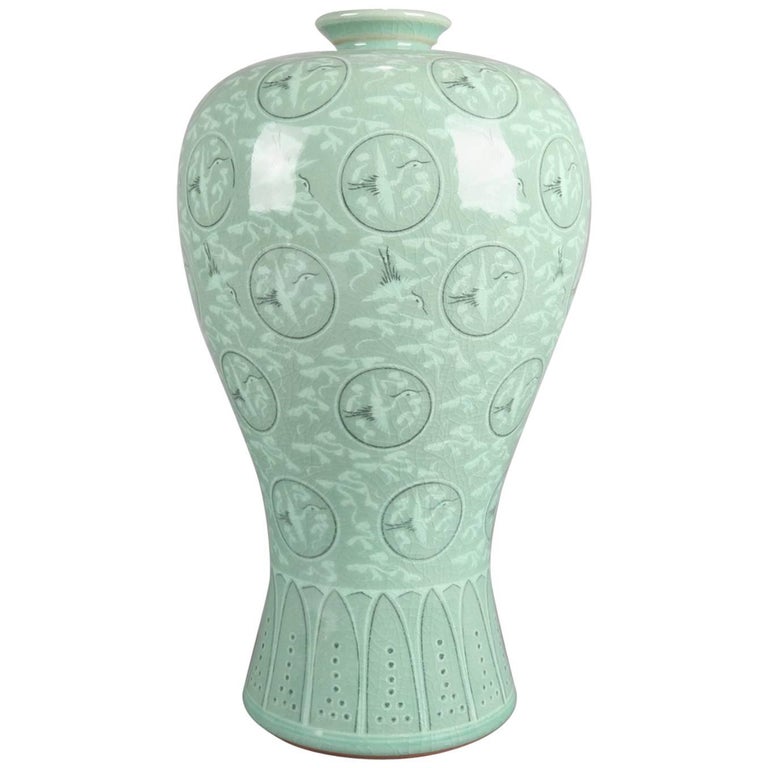
20th Century Maebyeong Vase Reproduction
https://www.1stdibs.com/furniture/asian-art-furniture/ceramics/korean-celadon-bird-decorated-art-pottery-vase-signed-20th-century/id-f_10840291/
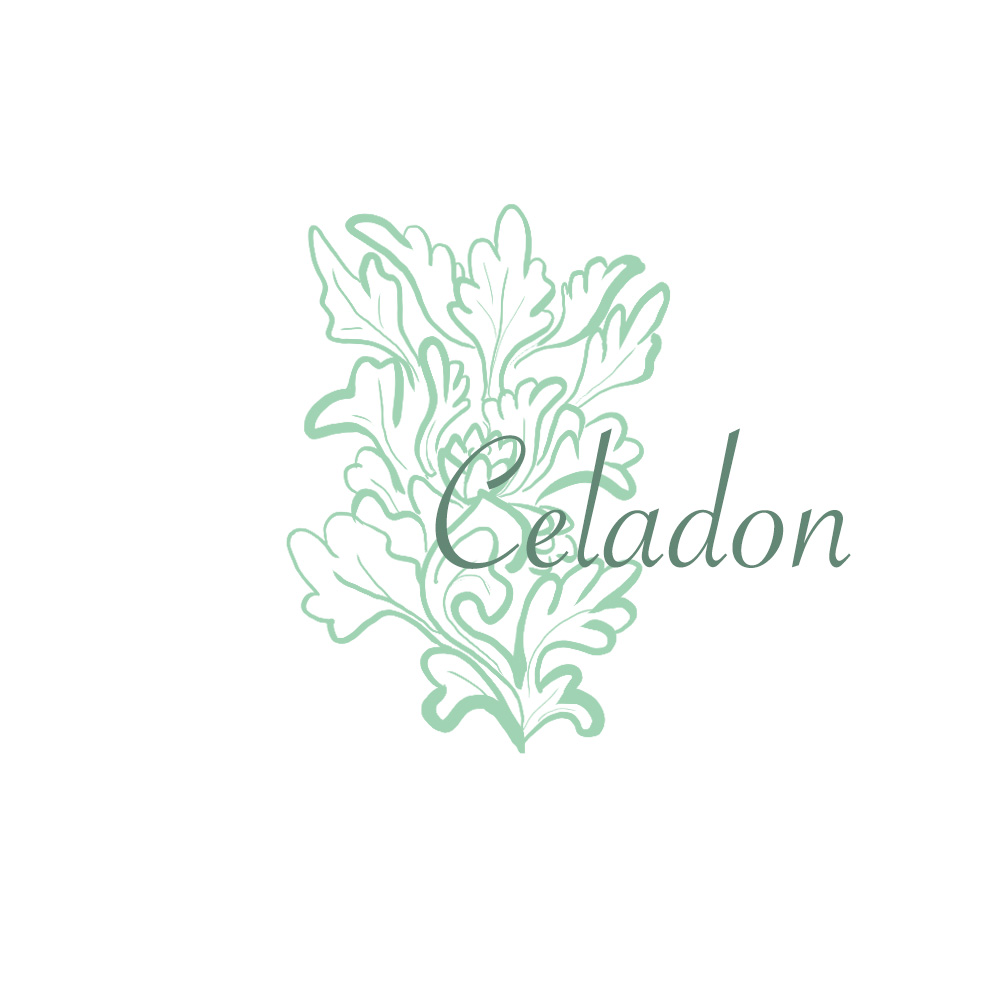
A peony design based on the neck of a Yuan Dynasty vase.
Reference Image 1.

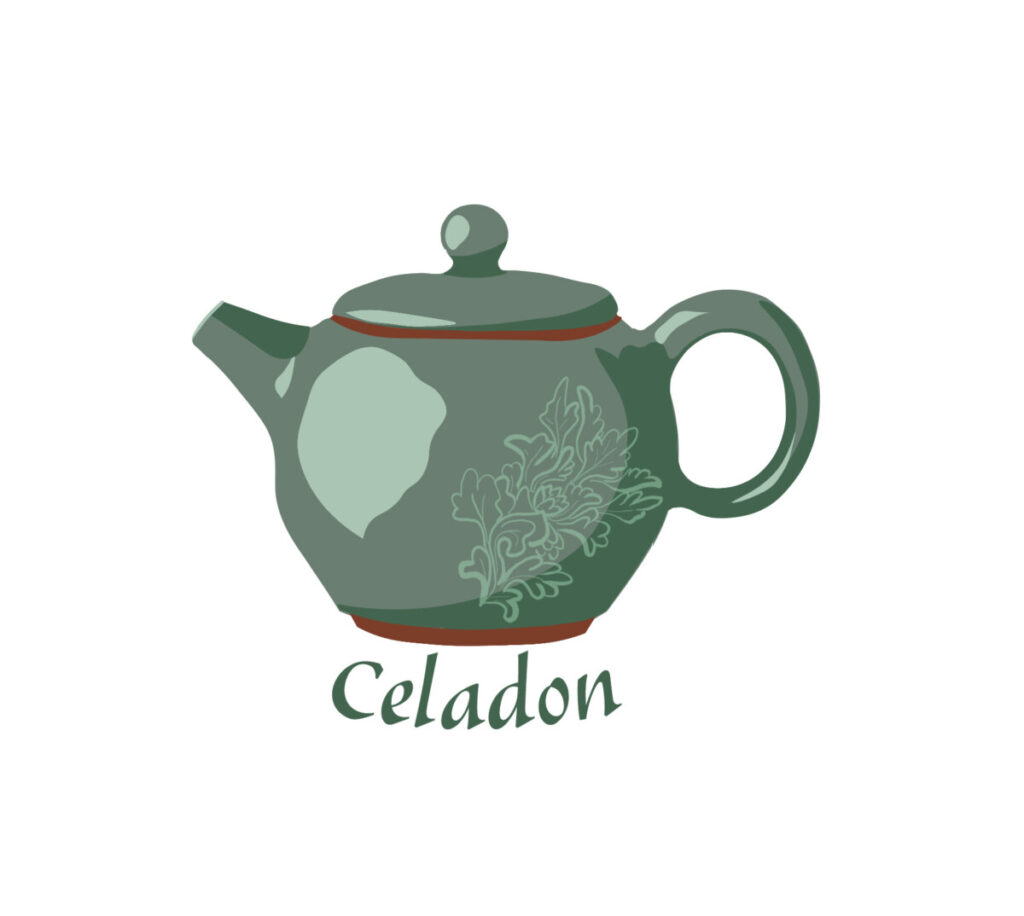
A celadon teapot inlaid with a floral design.
Reference image 1.
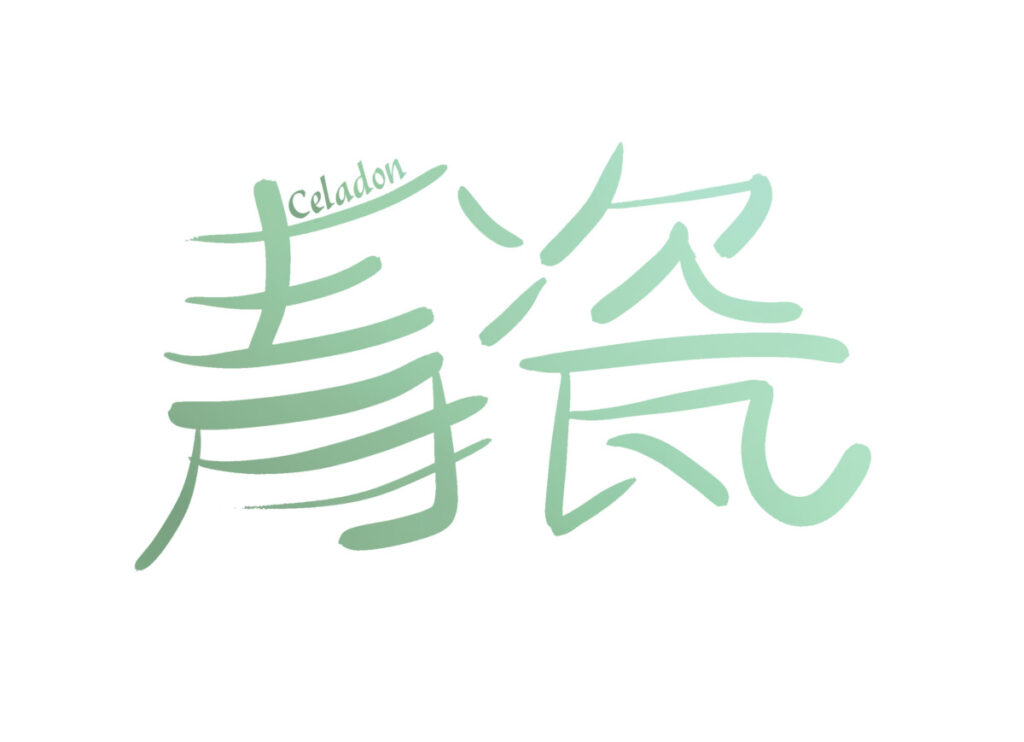
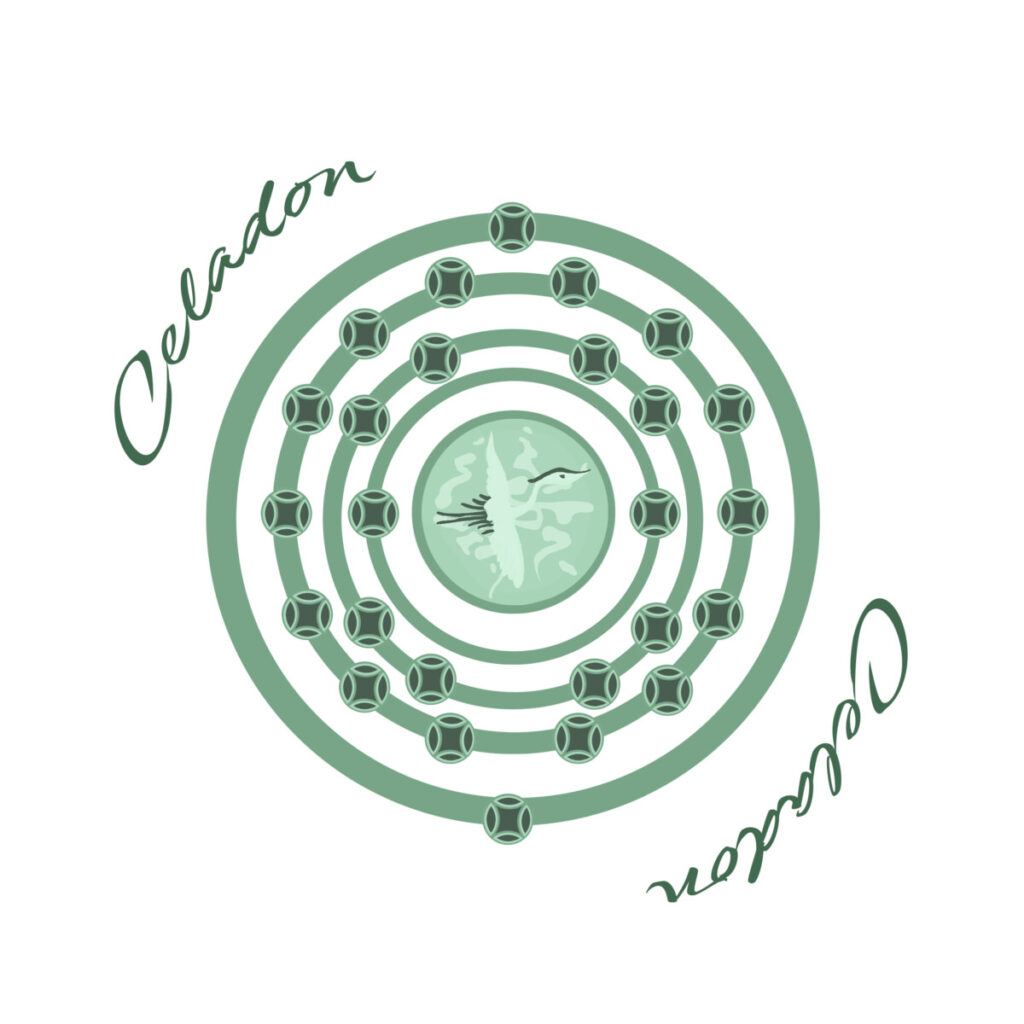
A crane motif surrounded by medallions in the shape of an iron atom.
Reference Image 2
Cartwright, Mark. “Korean Celadon Pottery.” World History Encyclopedia. World History Encyclopedia, 07 Sep 2016.
Harper, Douglas. “Etymology of celadon.” Online Etymology Dictionary, https://www.etymonline.com/word/celadon.
Britannica, The Editors of Encyclopaedia. “celadon”. Encyclopedia Britannica, 31 May. 2018, https://www.britannica.com/art/celadon.
Lee, Soyoung. “Goryeo Celadon.” In Heilbrunn Timeline of Art History. New York: The Metropolitan Museum of Art, 2000–. http://www.metmuseum.org/toah/hd/cela/hd_cela.htm (October 2003)




Leave a Reply